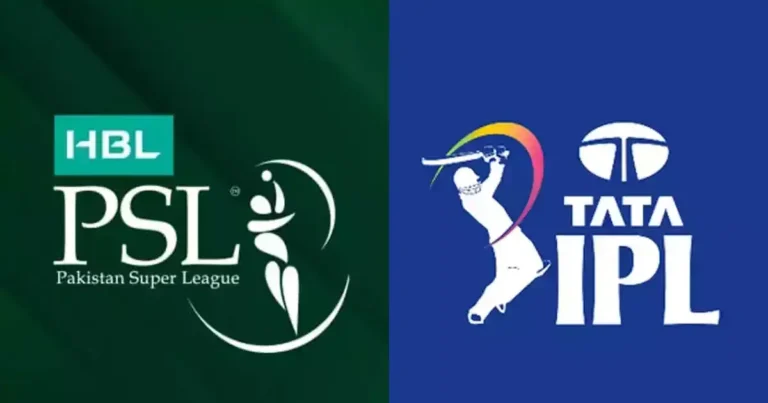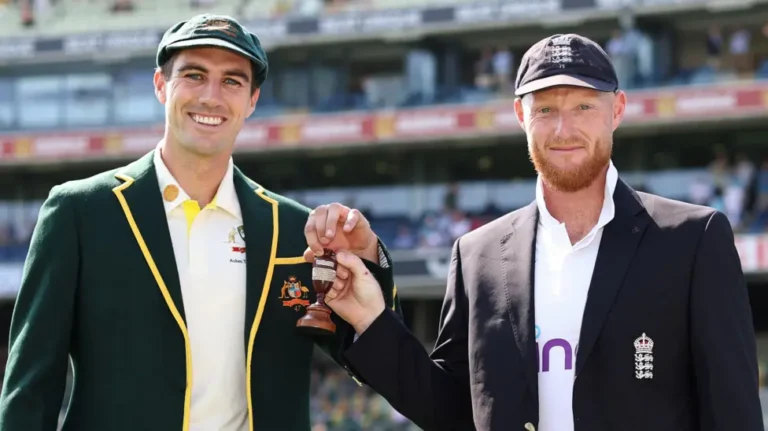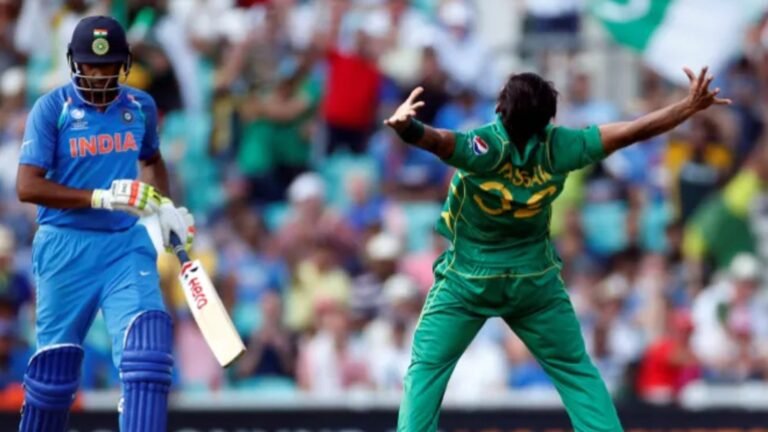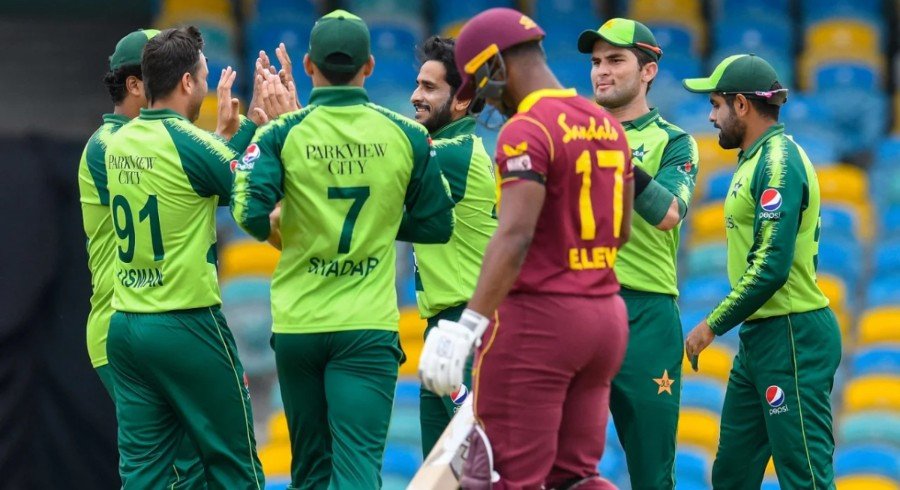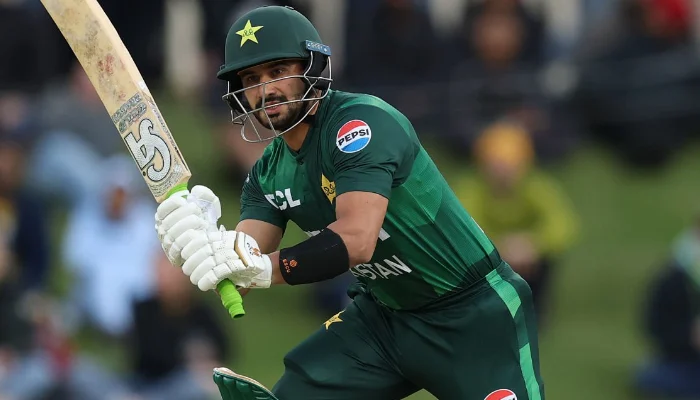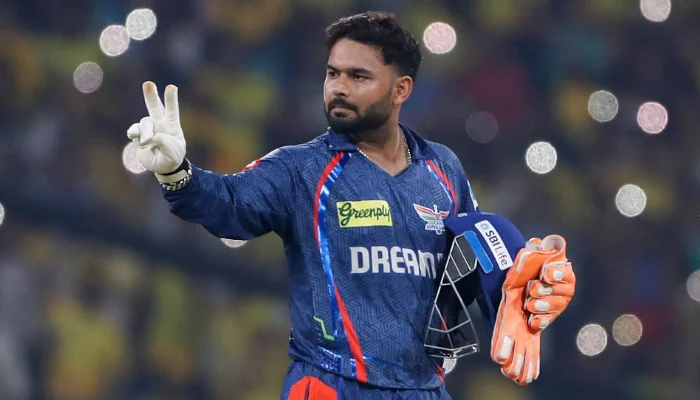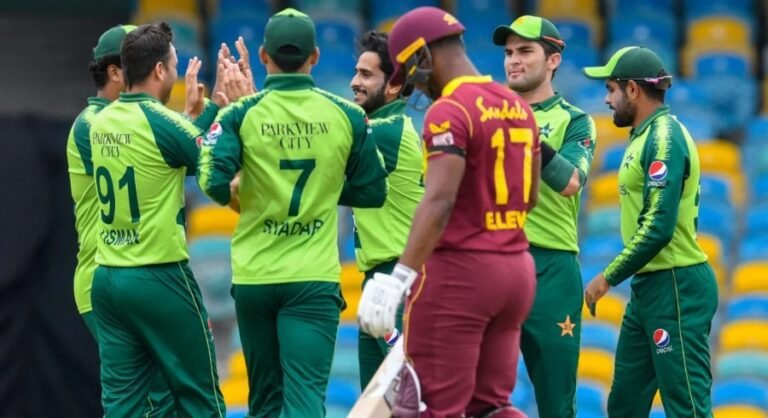Cricket is a game of shade. From the varied bowling techniques to the complex fielding limits, its rules can often seem arcane to the uninitiated. Among these details lies one of the most misunderstood concepts: the dead ball. While it may sound straightforward, the rule has evolved over time and encompasses a variety of situations that can stump even seasoned fans.
So, what exactly is a dead ball in cricket? When is it called, and what does it mean for the game? In this blog, we’ll break down the rule, its implications, and a few controversial moments that have added to its mystique.
What Is a Dead Ball?
In cricket, a dead ball means a temporary close in play. It is a moment when the ball is no longer in active play and cannot be used to score runs or take a wicket. Once a ball is stated dead, neither the batter nor the fielding side can make any move to influence the game’s progression using that delivery.
It’s important to understand that a dead ball doesn’t essentially mean the ball is physically damaged or unusable. Rather, it’s a legal term in the laws of cricket referring to a particular state of the game.
The Official Definition (According to the MCC)
The Marylebone Cricket Club (MCC), which maintains the official Laws of Cricket, defines the dead ball under Law 20. According to the current law:
“The ball shall be considered to be dead when it is clear to the bowler, batter and umpire that the play has ceased.”
This happens under various conditions, which we’ll explore next.
Common Situations When the Ball Becomes Dead
The ball can be ruled dead in many ways some automatic, others at the will of the umpire. Here are the most common situations:
1. Ball Hits the Stumps without a Batter Playing a Shot
If the ball hits the bases at the non-striker’s or striker’s end directly off the bowler’s hand without a batter touching it, and no wicket is taken (say, the bails don’t fall), the umpire may call it dead.
2. The Ball Is Settled in the Hands of the Wicketkeeper or Bowler
After a batter plays a shot or leaves the ball, and the wicketkeeper collects it cleanly without any effort at a run, the ball is considered dead when it is established in their hands and no further action is occurring.
3. Boundary Is Scored
Once the ball crosses the boundary cord, either as a four or a six, the ball is mechanically dead. No further action can be taken by the fielding side after this.
4. Batter Is Dismissed
Upon a batter’s dismissal (bowled, LBW, caught, etc.), the ball is deemed dead once the umpire gives the decision.
5. Umpire Calls Time or Stops Play
An umpire has the authority to stop play at any time due to external conditions—weather interruptions, injury, or any other reason. Once this happens, the ball is dead.
6. Ball Lodged in Equipment or Clothing
If the ball gets stuck in the batter’s pad, helmet, or umpire’s clothing, it’s immediately ruled a dead ball. This confirms fair play and avoids accidental runs.
7. No Ball or Wide
While these are not automatically dead balls, they may become dead shortly after if no further action follows. For instance, on a wide delivery where the ball goes to the boundary, runs are awarded and then the ball becomes dead.
8. Ball Strikes a Foreign Object or Person
If the ball hits an animal, fan, or any non-player who accidentally enters the field, the umpire will call it dead. Play cannot continue with such interference.
Unusual but Legal Dead Ball Situations
There are also odd situations where the dead ball rule applies in quirky ways.
Ball Slipping from the Bowler’s Hand
If the bowler loses control and the ball slips from their hand during the delivery stride, the umpire may call a dead ball especially if it doesn’t reach the batter or lands uneasily.
Batter Not Ready
If the batter is not ready and the bowler delivers the ball, the umpire can call it dead, provided no deliberate delay occurred.
Fake Fielding or Deception
If a fielder fakes a throw or pretends to have the ball in a way that misleads the batter, the umpire can rule the ball dead and award penalties.
What Happens When a Ball Is Dead?
Once the ball is declared dead:
- No runs can be scored unless they were completed before the ball became dead.
- No wickets can be taken.
- No overthrows or additional extras can be counted.
- The bowler cannot start the run-up for the next delivery until the umpire signals play to resume.
The dead ball essentially resets the game for the next delivery, maintaining fairness and structure.
Controversies and Confusions around Dead Ball
Like many cricketing rules, the dead ball law has seen its fair share of debate. Here are a few memorable instances:
1. Mankading and Dead Ball Timing
In the controversial method of dismissal known as Mankading—where a bowler runs out the non-striker before bowling—the ball is still considered “live” until the point of delivery. Many fans wrongly assume it should be dead before the bowler reaches the crease, but that’s not the case.
2. Crowd Interference
In a domestic match in India, a fielder caught the ball near the boundary, only for a spectator to interfere. The umpire rightly called it a dead ball, and the batsman was not given out—even though the catch was taken.
3. Fake Fielding Incidents
On several occasions, fielders have pretended to collect or throw a ball they never had. If the batter is deceived, the ball is ruled dead, and penalty runs may be awarded.
Why Is the Dead Ball Rule Important?
The dead ball rule might seem trivial at first glance, but it’s crucial for several reasons:
- Ensures fairness: It prevents one team from taking advantage of unexpected pauses or distractions.
- Reduces ambiguity: It provides a clear legal framework for when action can and cannot occur.
- Protects players: In cases of injury or outside interference, the dead ball protects the safety and integrity of play.
- Manages flow of the game: It marks transitions between active and inactive play, helping umpires control the match smoothly.
The Umpire’s Role in Dead Ball Situations
Umpires have significant discretion in calling a ball dead. They must judge intent, timing, and context—especially in scenarios that aren’t automatically dead. Good umpires have a keen eye for detail and experience to make these decisions quickly and correctly.
Players, too, are expected to understand and respect these calls, even if it means missing out on a potential wicket or a boundary.
Conclusion: More than Just a Pause
The dead ball in cricket is not merely a pause—it’s a safeguard, a control mechanism, and a subtle yet vital part of the game’s legal fabric. From obvious situations like a boundary being hit, to more subtle ones like a batter being unprepared, the rule ensures clarity and fairness.
Understanding when and why a ball is dead helps fans appreciate the sport’s nuances and equips players with better awareness during tense match moments. So, next time you’re watching a match and hear the umpire shout “Dead Ball!” take a moment to appreciate the complexity and logic behind it. It might just be the small detail that changes the course of the game.



